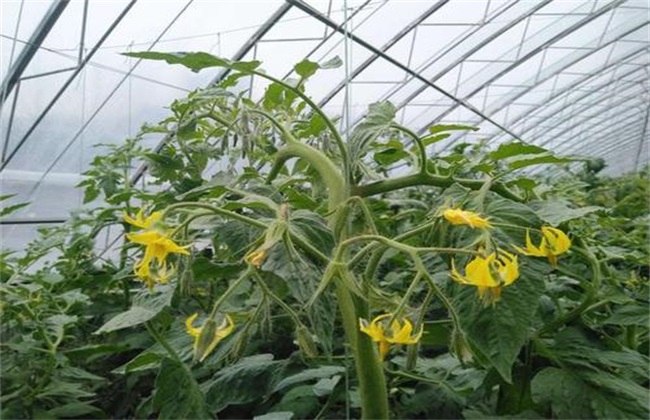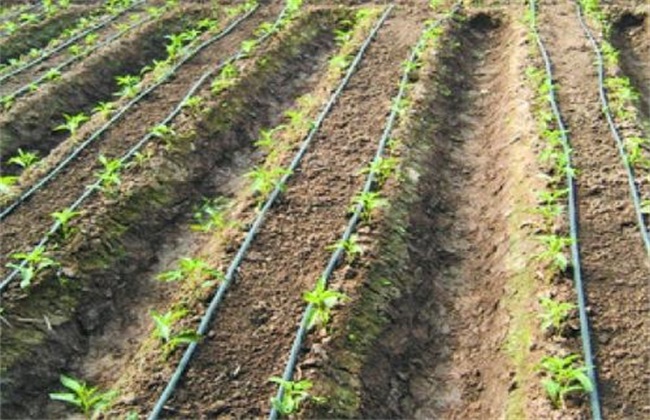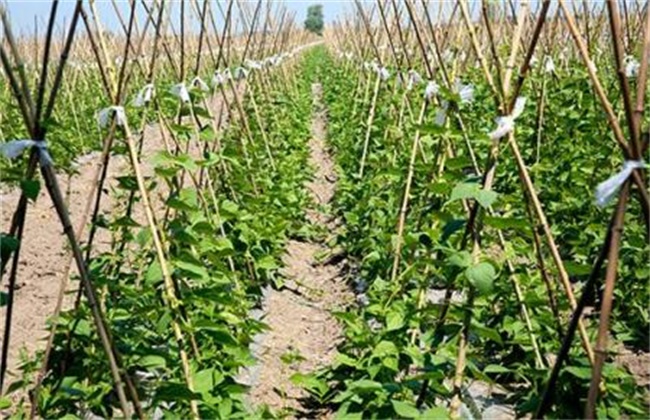How to set fruit continuously without premature senescence of vegetables
Vegetable cultivation is distributed all over our country. When we grow vegetables, especially all kinds of melons and fruits, we can basically harvest them continuously. However, because of the lack of planting experience, many people stop production after two or three times of vegetable harvest, and even appear the phenomenon of premature senility. So when we grow vegetables, how can we keep them from premature senescence? The following editor will give you a brief introduction, let's have a look!

1. Promote flower bud differentiation.
Flower bud differentiation is the key to ensure continuous fruit setting of vegetables. If you want normal flower bud differentiation of vegetables, then temperature and light is very important. If the low temperature and low light, it will have a serious impact on the flower bud differentiation of vegetables. Because in the low temperature environment, the physiological activity of vegetables is weakened, and weak light will affect the photosynthesis of vegetables. So if we want vegetables to set fruit continuously, then we must control the temperature and light according to the physiological habits of vegetables. At the same time, at the flowering stage, we should pay attention to supplement appropriate amount of boron and calcium fertilizer to ensure the balanced growth of crops.
2. Promote flowering and fruiting
If we want to increase the amount of flowers and fruits of vegetables, then we should not only do a good job of heat preservation and gloss. Before flowering, it is also necessary to replenish fully nutritious fertilizers for crops. About three days before flowering, select a large number of high-quality elements for irrigation, if the dosage is controlled, it can play the role of rooting and supplementary nutrition. Then the foliar fertilizer such as boron and calcium was properly sprayed before flowering, and the foliar fertilizer was mainly chelated to ensure the normal absorption of crops. Finally, it should be noted that the application of some functional fertilizers, such as chitin, has the effect of promoting flowers.
3. Keep the fruit reasonably
When we grow vegetables, we should pay attention to the key between nutrition and reproduction of vegetables, and maintain a balance, which is the basis for ensuring yield. Especially in the early stage of fruit, if you leave too much fruit, it is easy to plant nutrition consumption too much, small amount of fruit, later stage can not be high-yield, at the same time there will be premature senility. Therefore, in the early stage of vegetable fruit, it is very important to keep the fruit reasonably. The main amount of fruit retained should be adjusted according to plant growth and planting varieties. In addition, it should also be combined with hanging branches, temperature control and water management to ensure that vegetables continue to set fruit without premature senescence.
4. Cultivate roots and protect leaves
Root cultivation is the key to ensure the healthy growth of vegetables. Because the root has a lot to do with the growth of vegetables. Therefore, attention must be paid to root maintenance, amino acids and biological fertilizers can be properly applied, and hormone rooting agents should not be used to avoid premature senility of vegetables. Then it is necessary to properly flush and apply water-soluble fertilizer to provide adequate growth nutrition for vegetables. Then it is necessary to protect the leaves, if the leaves are old, it will affect the photosynthesis of the leaves, reduce the accumulation of nutrients, and the yield will decline as a result. Therefore, we should properly spray foliar fertilizer, about once a week, which can not only delay leaf senescence, but also promote the development of flowers and fruits.
The above is a brief introduction to how vegetables continue to set fruit without premature senescence. That's all for today's introduction. This article is for reference only. I hope it can help you all.
Related
- Where is it suitable to grow horseradish in China? it is expected to see the middle altitude horseradish in Alishan.
- How to prevent tomato virus disease reasonably? (Control methods included)
- Many people like to plant towel gourd on the balcony. What are the main points of this method and management?
- What crops can chili peppers be mixed with?
- Fertilization techniques and matters needing attention in Tomato
- What are the grafting techniques for peach seedlings in spring?
- Harm and control methods of root swelling disease of Chinese cabbage
- What are the pests of sweet potatoes? How to prevent and cure it?
- Symptoms, causes and Control methods of navel Rot in Tomato
- The cause of "Cucumber rotten bibcock" in Farmers' planting Cucumber and its Control Plan



